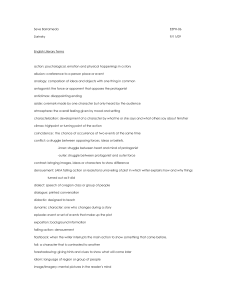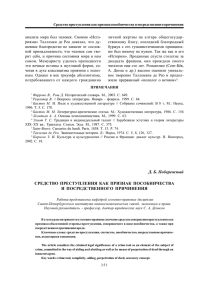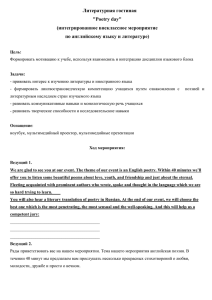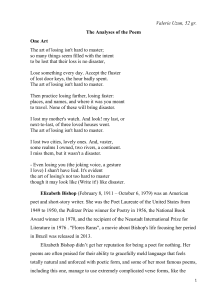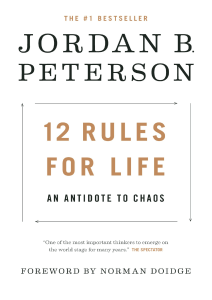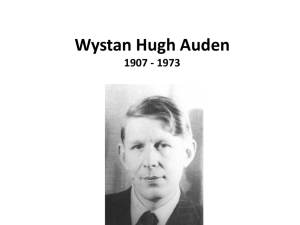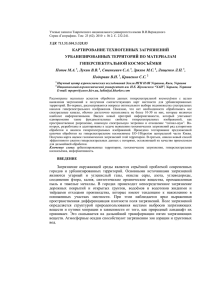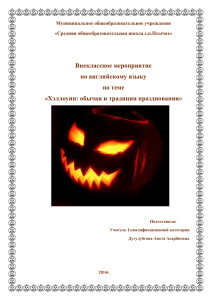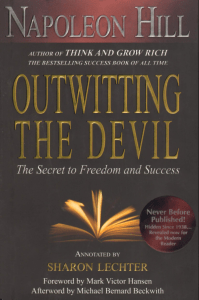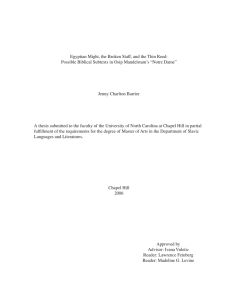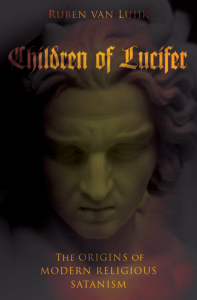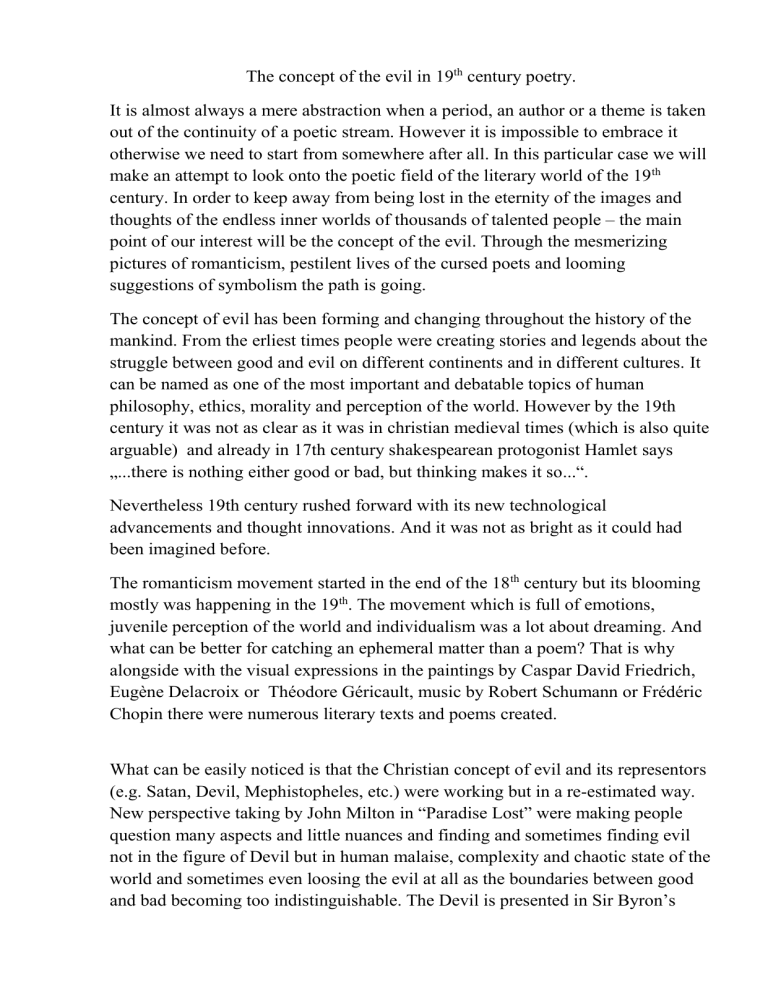
The concept of the evil in 19th century poetry. It is almost always a mere abstraction when a period, an author or a theme is taken out of the continuity of a poetic stream. However it is impossible to embrace it otherwise we need to start from somewhere after all. In this particular case we will make an attempt to look onto the poetic field of the literary world of the 19 th century. In order to keep away from being lost in the eternity of the images and thoughts of the endless inner worlds of thousands of talented people – the main point of our interest will be the concept of the evil. Through the mesmerizing pictures of romanticism, pestilent lives of the cursed poets and looming suggestions of symbolism the path is going. The concept of evil has been forming and changing throughout the history of the mankind. From the erliest times people were creating stories and legends about the struggle between good and evil on different continents and in different cultures. It can be named as one of the most important and debatable topics of human philosophy, ethics, morality and perception of the world. However by the 19th century it was not as clear as it was in christian medieval times (which is also quite arguable) and already in 17th century shakespearean protogonist Hamlet says „...there is nothing either good or bad, but thinking makes it so...“. Nevertheless 19th century rushed forward with its new technological advancements and thought innovations. And it was not as bright as it could had been imagined before. The romanticism movement started in the end of the 18th century but its blooming mostly was happening in the 19th. The movement which is full of emotions, juvenile perception of the world and individualism was a lot about dreaming. And what can be better for catching an ephemeral matter than a poem? That is why alongside with the visual expressions in the paintings by Caspar David Friedrich, Eugène Delacroix or Théodore Géricault, music by Robert Schumann or Frédéric Chopin there were numerous literary texts and poems created. What can be easily noticed is that the Christian concept of evil and its representors (e.g. Satan, Devil, Mephistopheles, etc.) were working but in a re-estimated way. New perspective taking by John Milton in “Paradise Lost” were making people question many aspects and little nuances and finding and sometimes finding evil not in the figure of Devil but in human malaise, complexity and chaotic state of the world and sometimes even loosing the evil at all as the boundaries between good and bad becoming too indistinguishable. The Devil is presented in Sir Byron’s “Kain” and in Goethe’s “Faust” and canonically tries to deceive a protagonist however the reasons behind can be seen as suspiciously right. As it was previously mentioned romanticism was a lot about dreaming. However dreams rarely can come true and harsh reality was imprinting a dark shadows on the lives and works of the poets of those years. And as an evil can be considered the disruptance between expectations and their realizations, the gap between realness and fantasy and undiscovered fate which manipulate human lives. However all the calamities and sufferings can be considered as a sacrifice as the poet should be in pain to create their poems. Like in a poem “The Fall of Hyperion” by John Keats: “And suffer'd in these temples: for that cause 'Thou standest safe beneath this statue's knees.' 'That I am favour'd for unworthiness, 'By such propitious parley medicin'd 'In sickness not ignoble, I rejoice, 'Aye, and could weep for love of such award.' “ (The Fall of Hyperion, 1856–57) And that is one of the main reasons why romanticism in many ways tried to go through the grim old and contemporary paths. Here comes the Gothicism and the Dark Romanticism. The dreams become nightmares and love longing turns into torturous derangement. Old superstitions and demons come into live and in the restless frenzy characters acquire dubious balance. Here the evil becomes ambiguous and obscure. It lures in the corners of old mansions and sometimes is personified by the evil characters. It can be unknown, can be dangerous and horrifying and more importantly sometimes goes beyond our understanding. As an example the image of Geraldine (representing evil, sin and sexuality) from Samuel Taylor Coleridge’s “Christabel” can be taken as it juxtaposing main heroine Christabel (representing devoutness and purity). Another example is a raven from Edgar Allan Poe’s narrative poem where the bird with its repeating death sentence “Nevermore” drives a protagonist into pure madness: “Prophet!” said I, “thing of evil!—prophet still, if bird or devil!” (The Raven, 1845) A rather optimistic and in some ways nihilistic approaches were developed in the parallel American movement of Transcendentalism. They were inspired by the beauty of nature, love for neighbors and equality in the eyes of God to transcend through the society. Founder of the movement Ralph Waldo Emerson refuted evil by insisting it was not an entity in itself but rather simply the absence of good. If good was allowed, evil dissipated.

